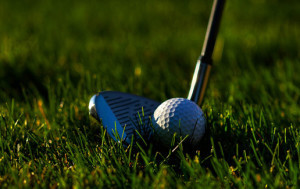Golf etiquette is something all of us “Weekend Warriors” of the public links have been required to develop over our mostly inauspicious careers. “Don’t putt out of turn”, “Replace your divots”, “Don’t cough when someone else is teeing off”, and for Pete’s sake, “We all know that birdie you just incredulously recorded on your scorecard for the last hole was really a bogey.” With the exception of a few purists out there, it’s safe to say that we can all continue to enjoy our round even if a few of those rules of etiquette are broken every now and again.
What we do all need to be aware of and adhere to, however, is to make sure that all of us, including those of us with disabilities, have full accessibility to public courses and are able to fully enjoy all the frustrations and other acts of self-loathing that the wonderful game of golf can provide.
All playful sarcasm aside, there does exist a set of accessibility guidelines for all newly constructed, designed, and altered recreational facilities, including public golf courses.
“Whenever any barrier stands between you and the full rights and dignity of citizenship, we must work to remove it, in the name of simple decency and justice. The promise of the ADA…has enabled people with disabilities to enjoy much greater access to a wide range of affordable travel, recreational opportunities and life-enriching services.”
–President George W. Bush, New Freedom Initiative, February 1, 2001
These accessibility guidelines are meant to assist course designers and operators in maintaining a fully accessible public golf course to individuals with disabilities. Whenever possible, it is noted that course designers and operators are encouraged to surpass them.
These guidelines refer mainly to providing accessible routes and passage to all areas of the course including putting greens, tee boxes, and miscellaneous course barriers. They also refer to the use of other facilities at the course such as a driving range and weather shelters.
We at Access Advocates encourage you to contact us if you have any concerns or issues with the accessibility of your local, public golf course.
Photo courtesy Flickr, trustypics

